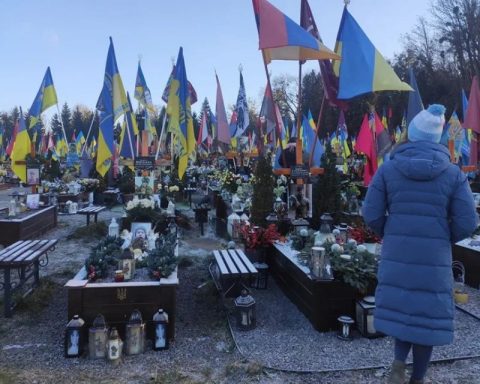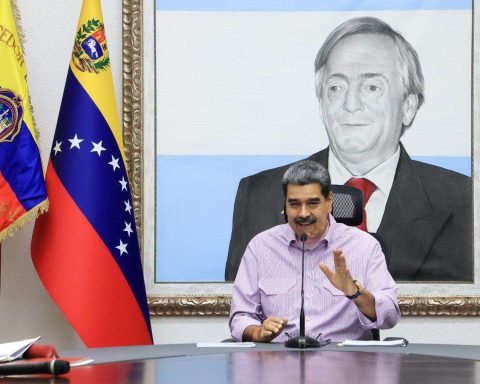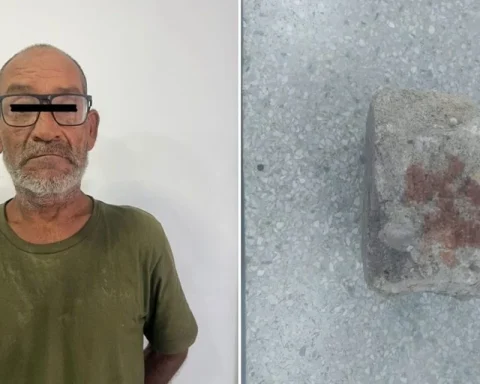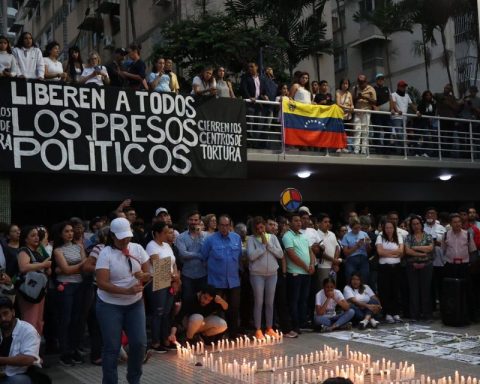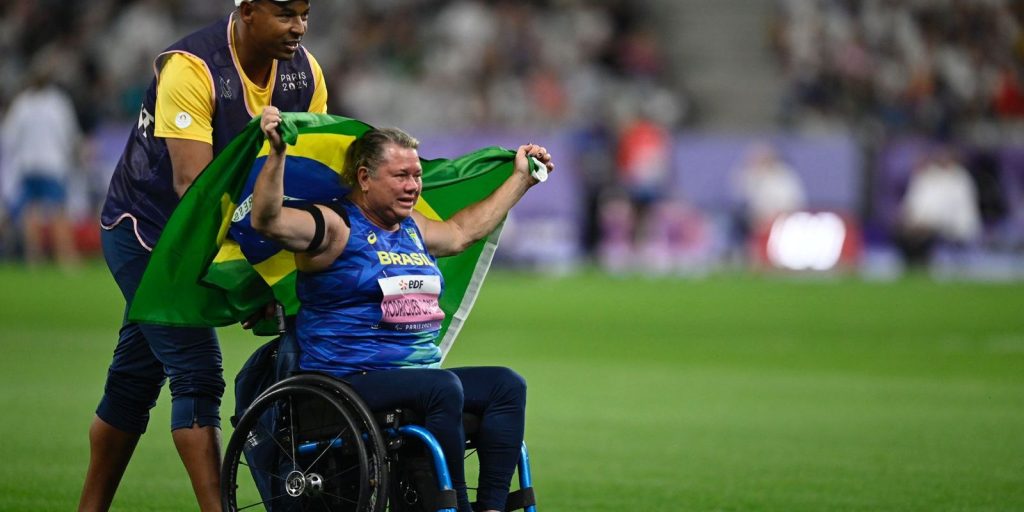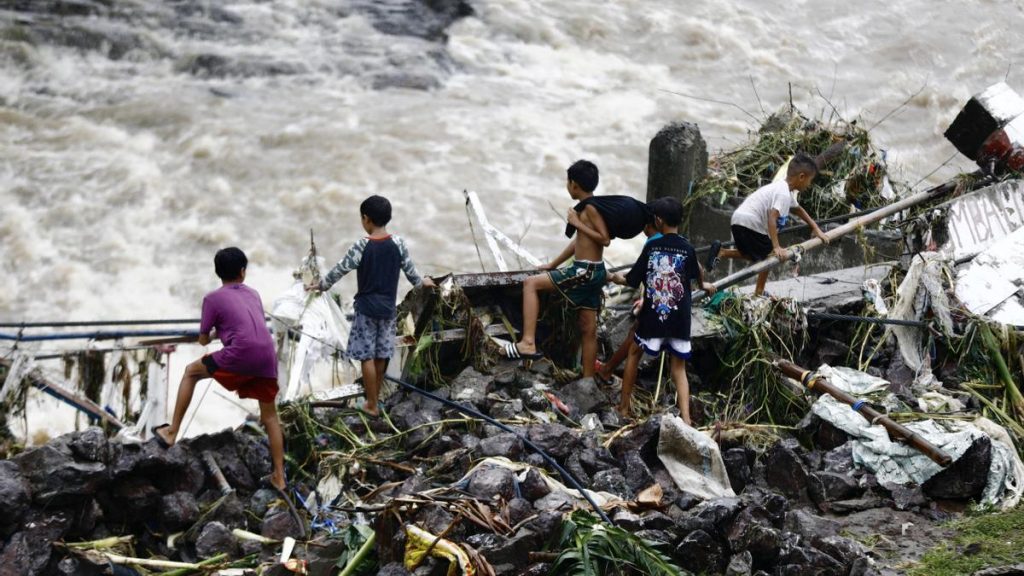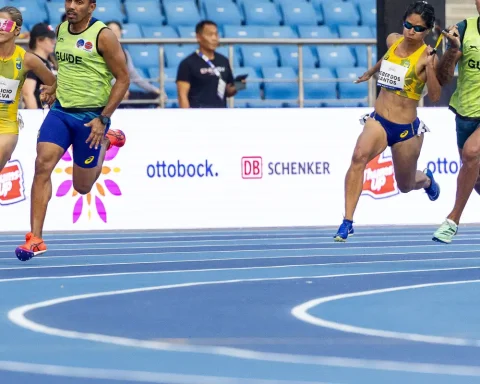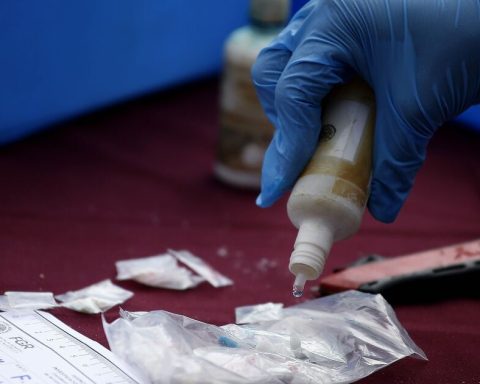The banking sector has requested a reduction in the legal reserve that they must pay to the BCV, but the monetary and financial authorities have only modified the rate, which was at 100%, to 75%, as it is currently. This percentage restricts the possibilities of the financial sector to have resources to provide more credit to the different actors in the economy.
On Wednesday, September 4, a circular was issued by the Central Bank of Venezuela (BCV) that establishes a greater availability of bolivars in cash in the hands of banks. For several days, a modification of the legal reserve that would mean a reduction in the percentage was expected, following the announcement of economic measures by the Vice President of the Economy Sector, Delcy Rodríguez, who mentioned changes in this instrument. However, to date the legal reserve that banking entities must comply with remains at 75%.
The banking sector has requested a reduction in the reserve requirements they must pay to the BCV, but the monetary and financial authorities have only modified the rate, which was at 100%, to 75%, as it currently stands. This percentage restricts the financial sector’s ability to have resources to provide more credit to the different actors in the economy, that is, industry, commerce and natural clients, among others.
Rodríguez indicated on August 29, when the ruler Nicolás Maduro announced changes in his cabinet, that “discounts” on the legal banking reserve agreed with the BCV, Which meant that there would ultimately be a reduction in the percentage.
The circular of the issuing entity, however, states that the legal reserve discounts apply to the bank’s cash inventories, that is, that “they will be deducted daily from the reserve position that must be established in accordance with the aforementioned Resolution, 50% of the denominations of Bs 0.50 and 1 of the monetary cone of the re-expressed sovereign bolivar, plus 70% of the denominations of Bs 5 to 500 of the new monetary expression, taking as a basis the cash inventories as of 08/23/2024.”
This mainly means, according to economist Asdrúbal Oliveros, director of the consulting firm Ecoanalítica, that increases the availability of cash in bolivars in banks. “It is a measure that excludes a portion of cash in bolivars from the reserve position. It is a measure that had already been applied by the BCV.”
Oliveros says that the decision is most likely intended to increase the use of the bolivar, but does not necessarily imply a measure to increase lending. He explained that the cash in circulation does not reach 5% of the total banking liquidity or M2, “it is a measure with a very limited scope.”
In its circular, the BCV highlights that the measure will come into effect as of September 4.
Economist Leonardo Vera agrees that the resolution seeks to ensure that if part of the deposits received by banking entities are in cash bolivars, a percentage of them does not generate a reserve requirement. As established by the BCV, it should be 50% if they are low-denomination bills and 70% if they are high-denomination bills. “They would be looking for two things: To alleviate the reserve requirement in some way, and to generate incentives to maintain bolivars or de-dollarize.
*Read also: Maduro promises to reduce the legal reserve and create an interbank currency market
Post Views: 31

